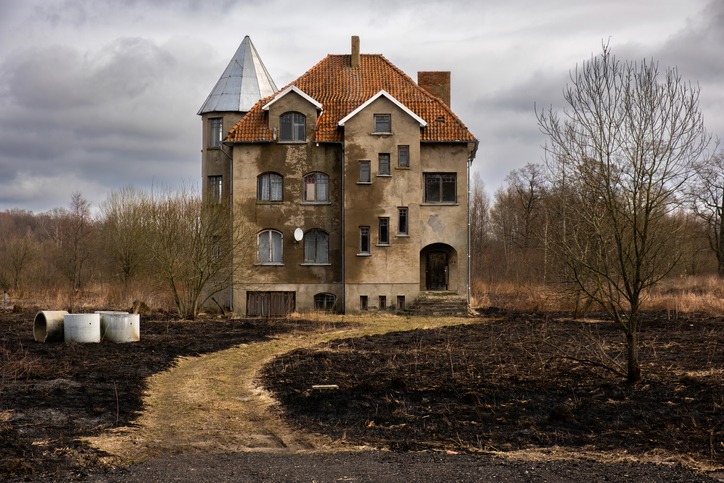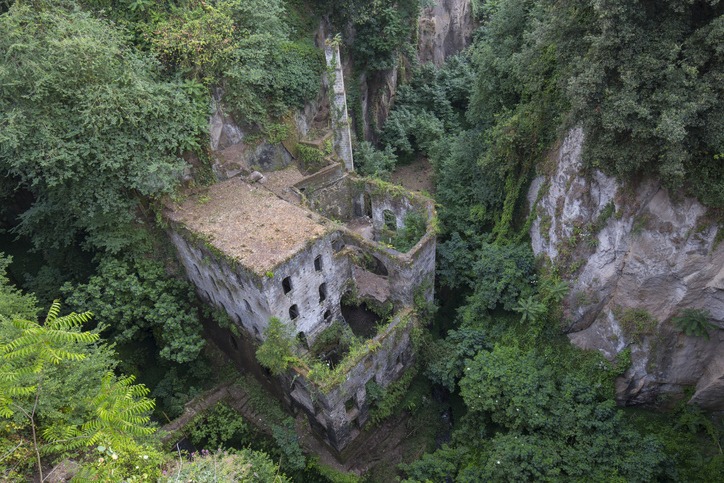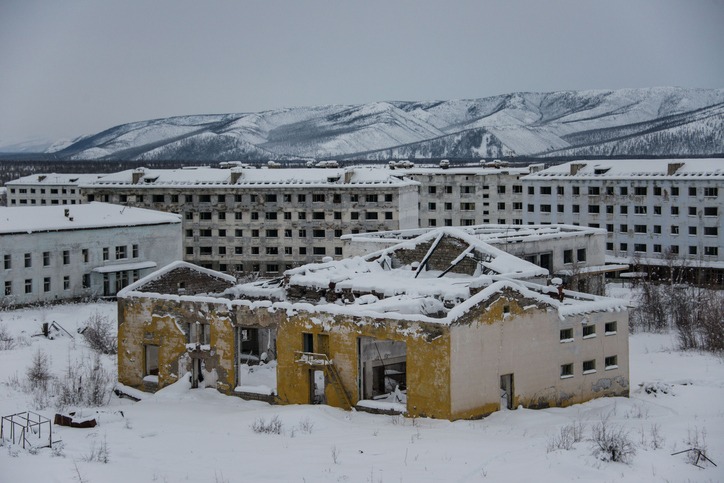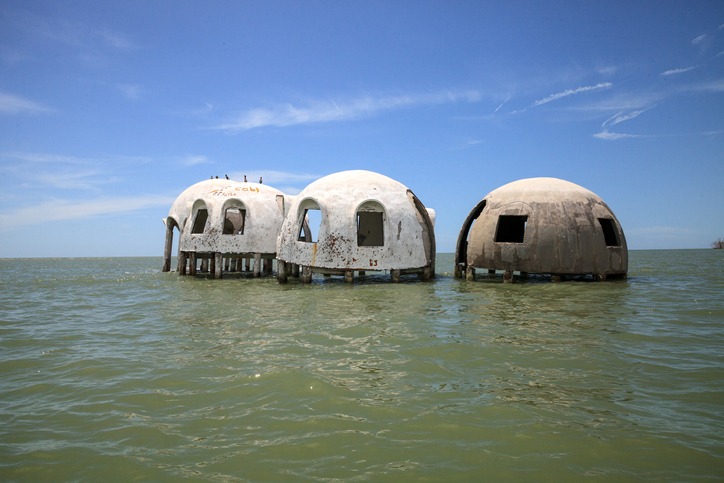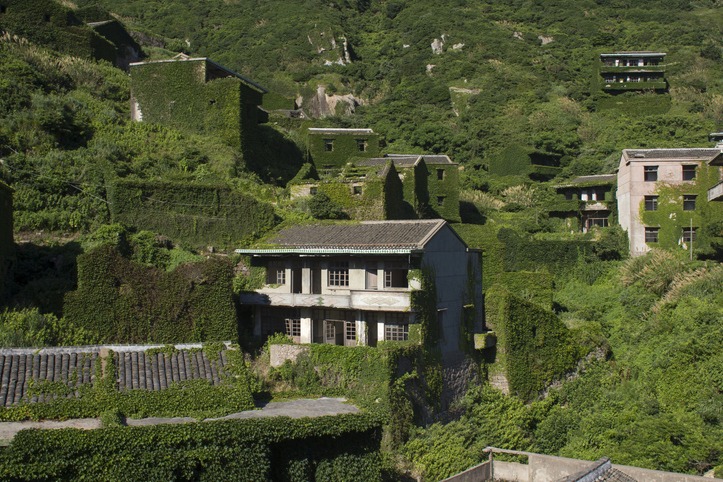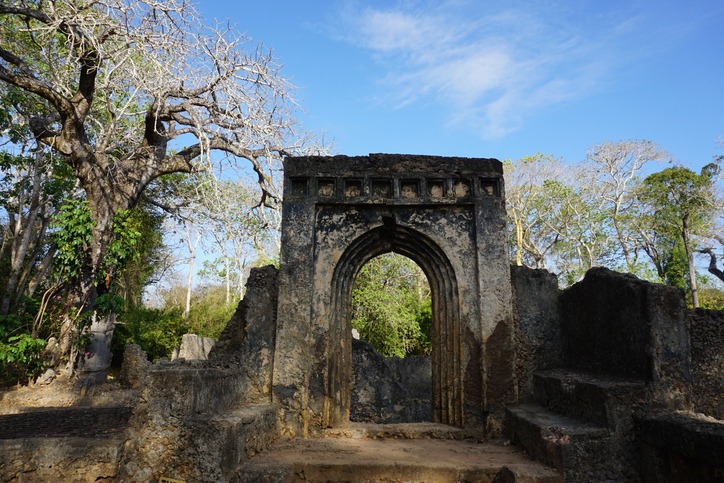There are many strange abandoned places around the world that captivate the imagination and provoke intrigue. These sites, once bustling with life and activity, now stand in stark contrast to their former selves, offering a unique perspective on the transient nature of human existence and the relentless passage of time. This article aims to delve into the intriguing world of these abandoned locales, exploring their histories, the circumstances leading to their desertion, and the stories they encapsulate.
From the hauntingly beautiful ruins of ancient cities to the eerie quietude of deserted asylums, each location presents a narrative rich in historical and cultural significance. These places, often hidden away and forgotten, serve as poignant reminders of past eras, providing insights into the socio-economic and political dynamics that shaped their destinies. Join us as we traverse the globe to uncover the secrets of these mysterious abandoned places, revealing the beauty and melancholy inherent in their abandonment.
The Valley of the Mills, Sorrento, Italy
Tucked away in the charming town of Sorrento, Italy, lies a fascinating piece of history known as The Valley of the Mills, or “Valle dei Mulini.” What makes this place so captivating is its surreal, almost fairytale-like appearance. These mills, dating back to as early as the 13th century, were once part of Sorrento’s thriving wheat-grinding industry. Strategically located in a deep crevasse, they utilized the area’s natural gorges and streams to power the mill’s operations. For centuries, these mills were an essential part of local life, contributing significantly to the town’s economy.
However, with the advent of industrialization and the construction of Piazza Tasso in the 19th century, the valley’s humidity became problematic, leading to its gradual abandonment. Over time, nature took over, with lush vegetation enveloping the now-derelict structures, creating an enchanting, albeit eerie, landscape. Today, The Valley of the Mills stands as a hauntingly beautiful testament to the passage of time, hidden right in the heart of Sorrento.
Kadykchan, Russia
Kadykchan, a once-bustling mining town located in the cold, remote reaches of Russia’s Far East, tells a story of abandonment and the shifting tides of industry. Established during World War II, Kadykchan was built by the hands of prisoners, and it flourished in the post-war years as a coal mining center. At its peak, the town was a thriving community, home to thousands of workers and their families, complete with schools, hospitals, and cultural centers. However, the collapse of the Soviet Union marked the beginning of Kadykchan’s decline.
The economic turmoil of the 1990s hit the town hard, leading to the closure of its mines. As employment opportunities dwindled, residents began to leave in search of a better life elsewhere. The final blow came in the early 2000s, following a tragic mining explosion, after which the town was officially closed and the remaining inhabitants were relocated. Today, Kadykchan stands as a ghost town, its once-lively streets and buildings now silent and empty, left to withstand the harsh Siberian weather.
The Dome Houses of Cape Romano, Florida, USA
The Dome Houses of Cape Romano, off the coast of Marco Island in Florida, USA, are a peculiar and fascinating sight, rising like otherworldly structures from the sea. Constructed in 1980 by retired oil producer Bob Lee, these futuristic, dome-shaped homes were initially built on the sandy beaches of the island as a vacation retreat.
Lee’s vision was to create an environmentally friendly and self-sustaining living space, innovative for its time, with solar panels and collecting rainwater for usage. Originally accessible by land, these domes were a marvel of modern design and ecological sensitivity. However, the shifting sands and rising sea levels told a different story. Over the years, erosion and hurricanes gradually reclaimed the land under the domes, isolating them from the shore and submerging their lower sections in the Gulf waters.
Today, these abandoned and slowly disintegrating domes offer a surreal spectacle to onlookers and boaters, appearing as a ghostly, sci-fi reminder of human ingenuity and the relentless power of nature.
The Island of Dolls, Mexico
The Island of Dolls, or “Isla de las Muñecas” in Spanish, located in the canals of Xochimilco near Mexico City, is as haunting as it is intriguing. This small island, shrouded in local legend, is adorned with hundreds of hanging decaying dolls. The story goes that the island’s caretaker, Don Julian Santana Barrera, found a young girl who had drowned under mysterious circumstances in the canal. Haunted by her death and in an effort to appease her spirit, he began hanging dolls he found in the canals or in the garbage on the island’s trees. Over time, this practice became an obsession, and the island transformed into a macabre, open-air gallery of disfigured and weathered dolls.
Although Julian passed away in 2001, the dolls remain, with visitors adding to the collection. The island, now a bizarre tourist attraction, is said to be haunted, with visitors often describing an eerie, heavy atmosphere. The dolls, with their lifeless eyes and tattered limbs, create a chilling scene that seems to be straight out of a horror story.
The Abandoned Village of Houtouwan, China
The Abandoned Village of Houtouwan on Shengshan Island, part of the Shengsi archipelago near Shanghai, China, offers a visually stunning yet haunting glimpse into a world reclaimed by nature. Once a thriving fishing village, Houtouwan was bustling with activity in the 1990s, its inhabitants living off the bounty of the sea. However, as the 21st century approached, the village faced a decline. The younger generation moved to urban areas in search of better opportunities, and the once-vibrant community dwindled.
By the early 2000s, Houtouwan was completely abandoned, left to the mercy of the dense overgrowth that soon enveloped the entire village. Today, the village presents an almost surreal landscape; the houses and pathways are smothered in a thick, green blanket of ivy and vines, creating a lush, green world that looks like something out of a fairytale.
The Ruins of Gedi, Kenya
The Ruins of Gedi, nestled in the coastal forests of Kenya, are a hidden historical gem with an air of mystery that captivates historians and tourists alike. This ancient Swahili town, whose origins can be traced back to the 12th century, was once a thriving trade center, bustling with activity and wealth. Gedi was strategically positioned along the trade routes between Africa, the Middle East, and Asia, making it a melting pot of diverse cultures and a hub for commerce, particularly in ivory and spices.
The town boasted advanced architecture for its time, including coral-brick houses, a palace, and one of East Africa’s earliest known mosques. However, Gedi was mysteriously abandoned in the early 17th century, its people leaving without a trace. Theories abound, ranging from ecological factors like water shortages to external threats such as invasion or trade route changes.
Today, the ruins, enveloped by dense forest and inhabited by troops of playful monkeys, offer a hauntingly beautiful window into the past. Visitors can wander through the remnants of stone walls, peek into ancient wells, and ponder the unsolved mystery of why this once-flourishing settlement was deserted.
The Abandoned Temples of Bagan, Myanmar
The Abandoned Temples of Bagan in Myanmar are an awe-inspiring testament to the ancient and rich history of this Southeast Asian country. Dating back to the 9th to 13th centuries, when Bagan was the capital of the Pagan Kingdom, these temples and pagodas were built by the thousands, creating a sprawling and magnificent landscape of religious architecture. At its height, Bagan was a cosmopolitan center of culture and religion, with over 10,000 Buddhist temples, monasteries, and pagodas.
However, over the centuries, the city’s importance dwindled, particularly after being conquered by the Mongols in the 13th century, leading to a gradual decline and abandonment of many of these structures. Today, over 2,000 temples and pagodas still stand, albeit many in a state of ruin, offering a hauntingly beautiful scene that draws visitors from all over the world. These structures, varying from grandiose temples to modest stupas, stand as silent witnesses to the once-glorious empire.
Conclusion
These strange abandoned places are storytellers, holding within them tales of human endeavors, cultural shifts, and the inexorable march of time. They are now silent and often reclaimed by nature, but they still remind us of the impermanence of human creations and the enduring power of history and nature. Each abandoned site, whether a deserted village, a lonely temple, or a forgotten hospital, offers a unique window into a bygone era, inviting reflection on the stories and lives that once filled these spaces. As we leave behind these remnants of a world that once was, we carry with us a deeper appreciation for the complexities of history and the beauty found in the quiet decay of what was once vibrant and alive.

